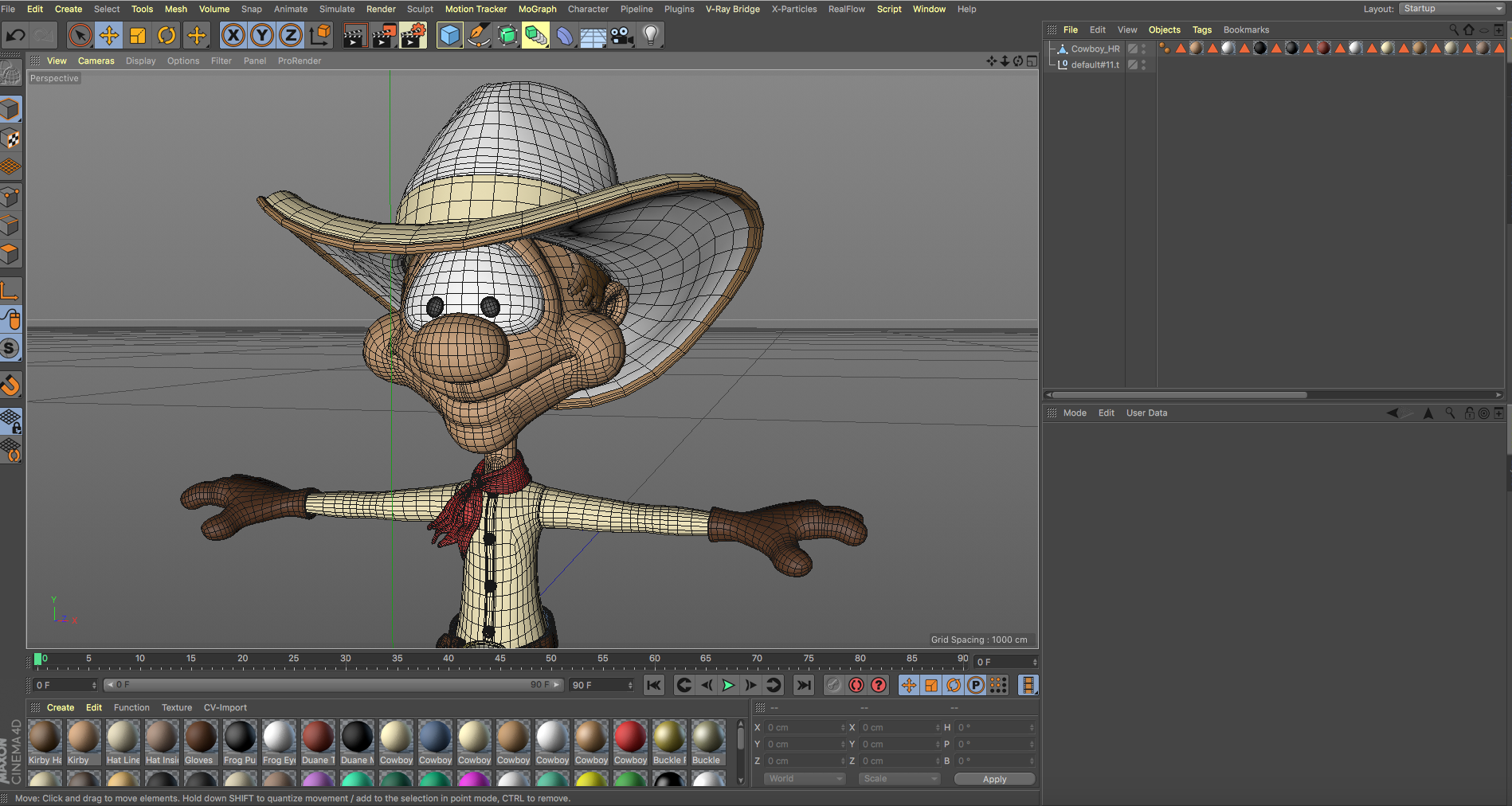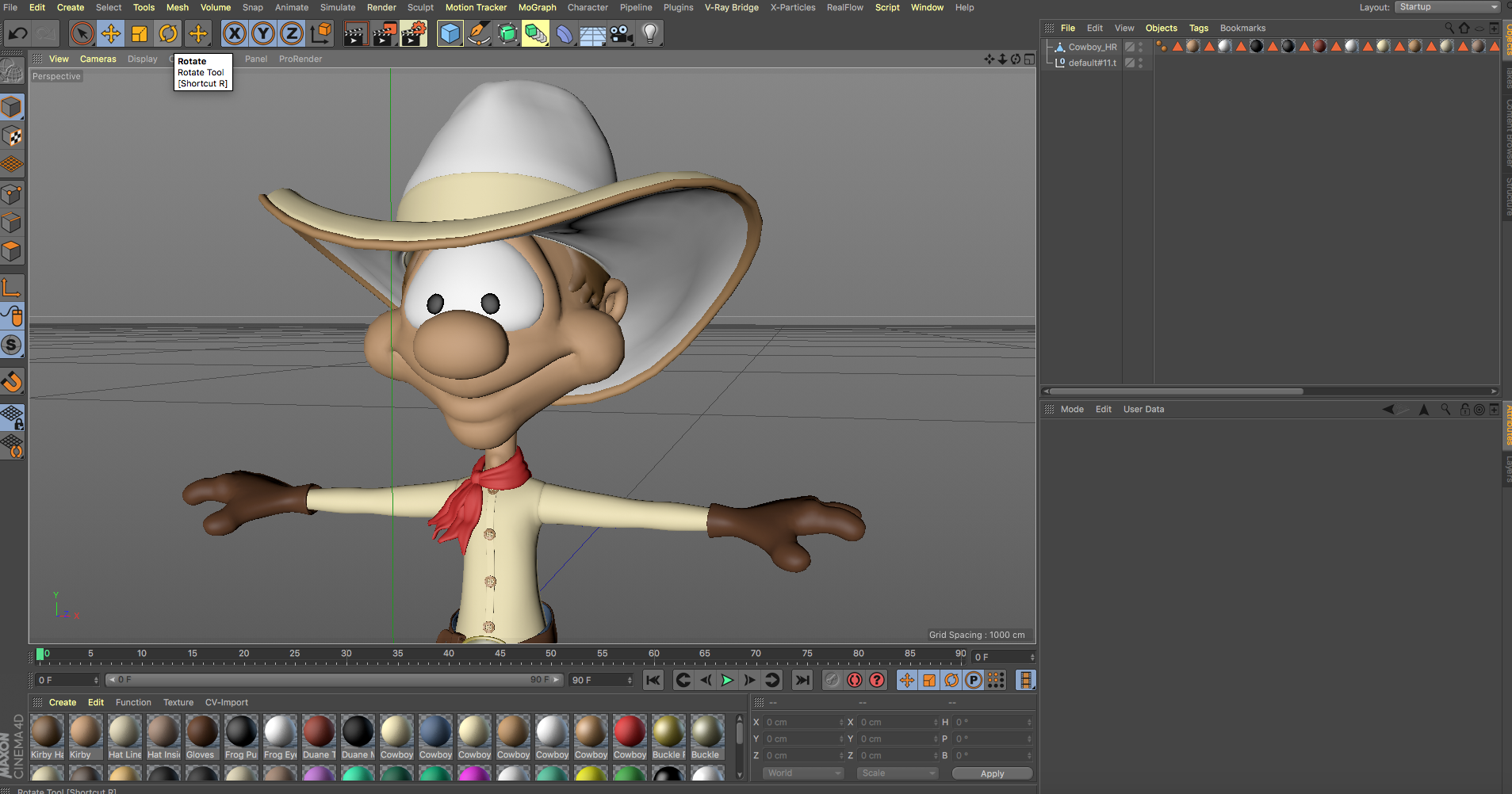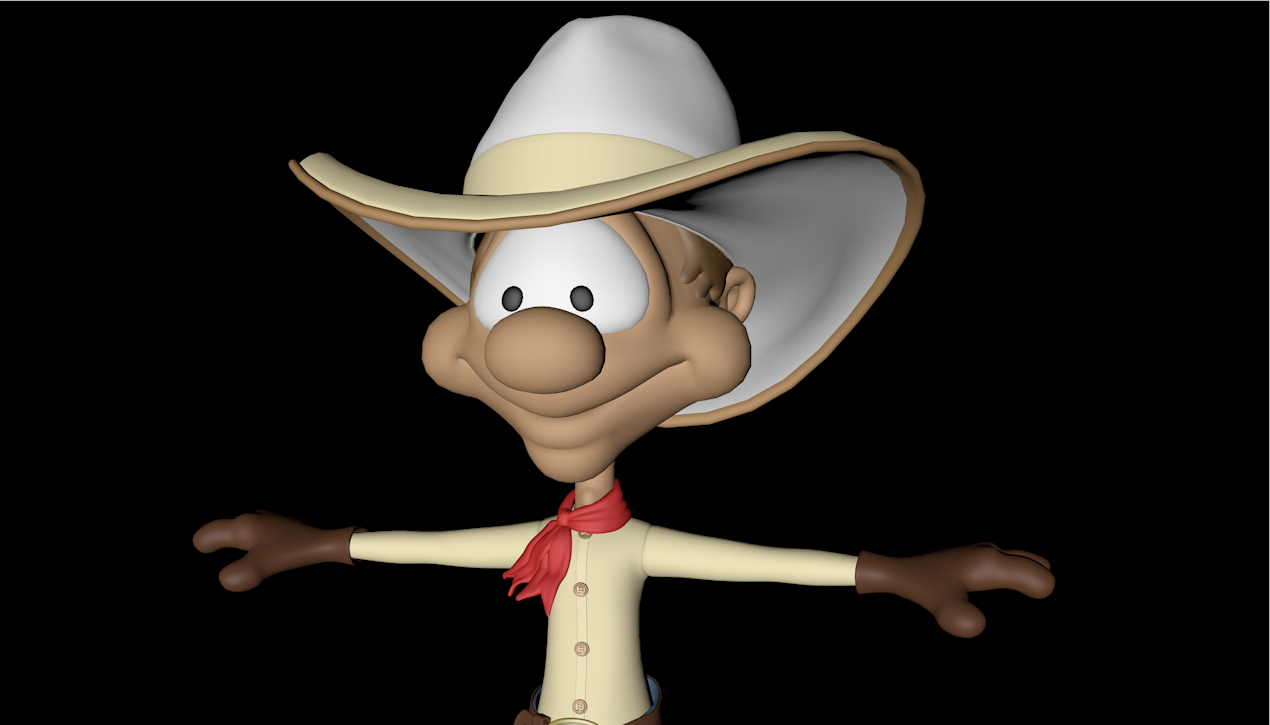


ART/PRE-PRODUCTION
This is the domain of the character designing; it is the place where ideas are explored, references are collected, and the form and function of the character are fleshed out (if not yet made flesh). Often this will all feed into a turnaround sheet, which gives enough three dimensional detail and information for the next stage of character development.
MODELING
We use Cinema 4D and ZBrush to turn evocative artwork from the previous stage into something solid and (almost) living and breathing. This involves more than simple translation, as the leap into three dimensions requires fresh creative decisions and the need for a high degree of fine detail. Levels of required detail vary from project to project, but whether creating characters for film, games, or other entertainment media, the basic process remains the same.
TEXTURING
Texturing is the crucial stage that determines the character’s final appearance. It is the process of taking an unpainted, un-embellished (though sometimes retopologized) model and adding color, tone, and material detail to it using Substance Designer, Keyshot or Photoshop. This can involve multiple sub-stages, such as UV mapping, shader creation, and painting--all of which contribute to the final appearance of every surface element, including every inch of skin, the eyes, hair, and any body wear.
RIGGING
Rigging is done in Cinema 4D and is the stage that takes the character’s carefully crafted 3D form and transforms it into something that can be posed and animated. It’s the rig that defines how a character’s physical form holds together, how the various body parts interact, and what controls the animation. Requiring a fine balance between flexibility and efficiency, a character rig needs to work seamlessly with the model design while satisfying all the performance needs of the animation.
